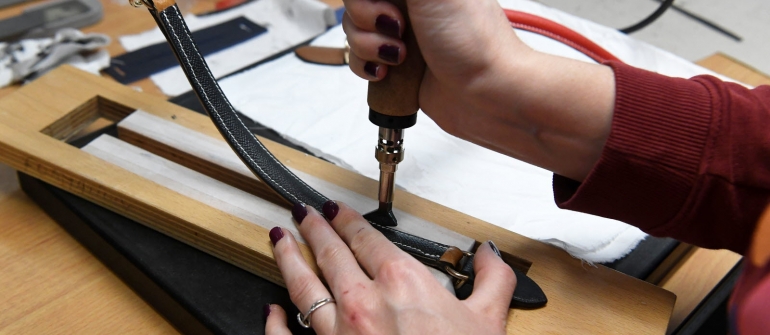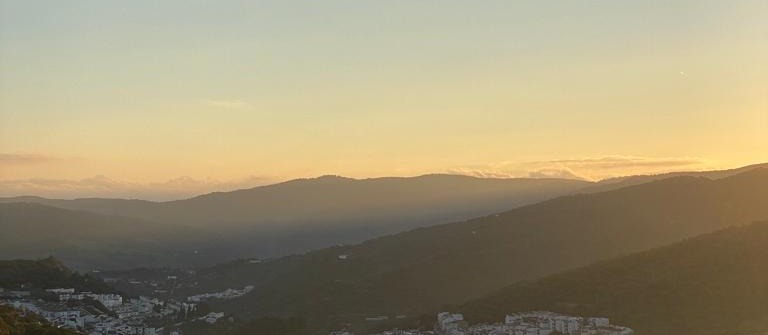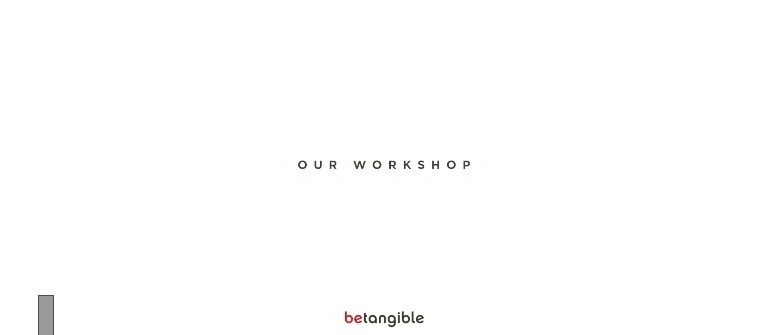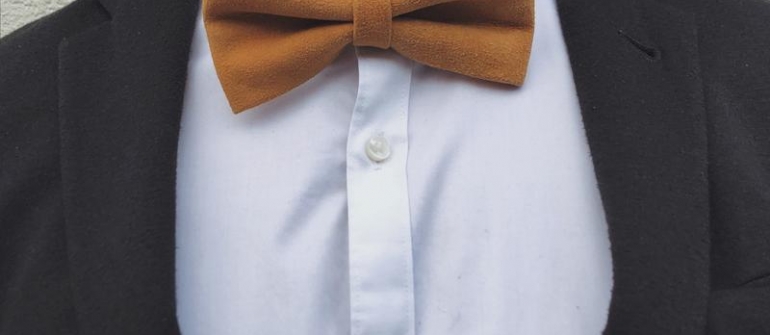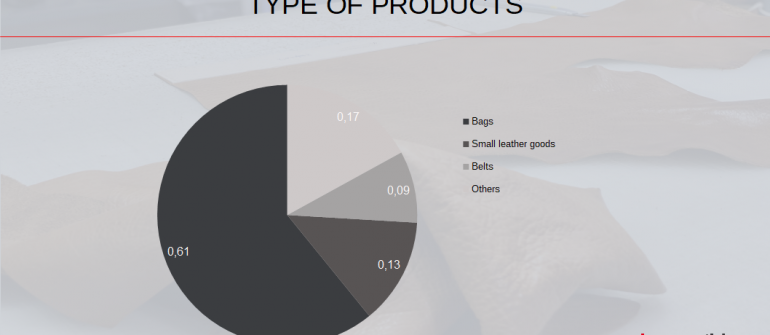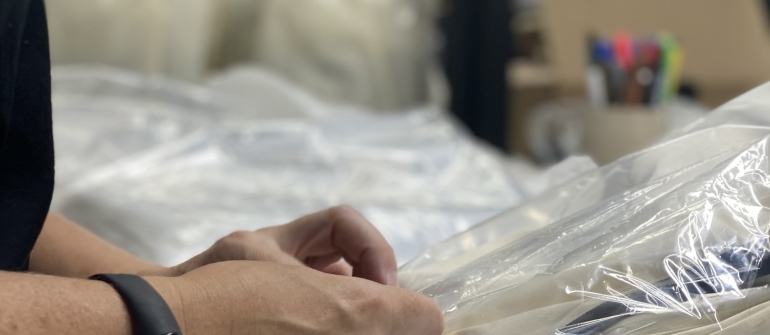A very well known fashion designer told us, during a visit in the leather goods industry in Andalusia, that the way Andalusian leather workers manufacture…
First-level industries must be surrounded by other auxiliary industries that support the industrial activity and help the leading industry in its everyday work. The Andalusian…
We managed to get several quite old photos of some workshops and manufacturers from Ubrique, which we want to share with our readers. The photos…

